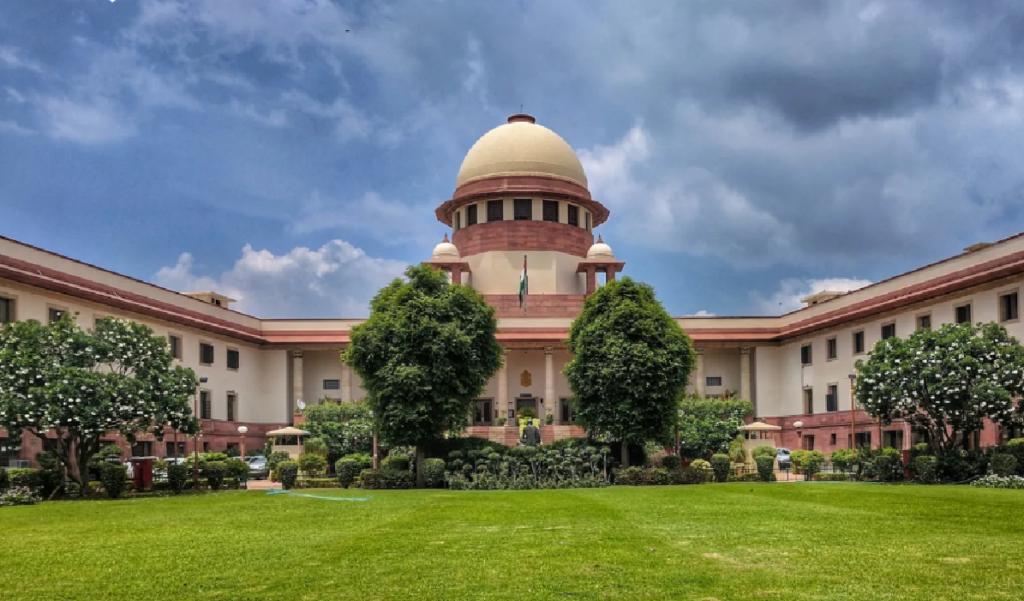National Green Tribunal (NGT) on August 2, 2024 took serious note of a report of deteriorating air quality standards in some Karnataka cities. The news article raised serious concerns about compliance with the provisions of the Air (Prevention and Control of Pollution) Act, 1981 and the Environment Protection Act, 1986, the tribunal said.
The NGT impleaded Central Pollution Control Board (CPCB); Karnataka Pollution Control Board; forest, ecology and environment department of Karnataka government, Bengaluru; and the state of Karnataka. The court directed notices to be issued to the respondents, requiring them to file their responses before the southern zonal bench of the NGT at least one week before the next hearing on September 3, 2024.
The news article, Karnataka Among Worst Performing States in Clean Air Programme Spending; Bengaluru at Bottom Among Cities, appeared in newspaper Deccan Herald on July 20, 2024. According to the report, Karnataka was one of the three worst-performing states in terms of spending the central government’s money on air quality improvement. Bengaluru was identified as the worst performer among 25 cities in terms of utilising funds provided by the National Clean Air Programme (NCAP).
Despite four prominent cities in Karnataka receiving funds to improve air quality under the NCAP — Bengaluru, Davanagere, Kalaburagi and Hubli-Dharwad — Karnataka’s performance has been dismal, the report said. Bengaluru spent only 13 per cent of the allocated funds over the last four fiscal years, according to CPCB.
The article also cited a report by Delhi-based think tank Centre for Science and Environment, which stated that cities spent over 6 per cent of their funds on road dust mitigation, leaving little money for controlling emissions from combustion sources such as industries, vehicles and biomass burning.
Of the Rs 10,566 crore released for 131 cities, only about Rs 6,806 crore (64 per cent) has been spent, primarily on road dust mitigation. In comparison, industrial pollution control received only 0.61 per cent of the funds, while vehicular pollution and biomass burning reduction received 12.63 per cent and 14.51 per cent respectively, the newspaper stated.
Shrinking of Pavoor Uliya island due to illegal sand mining
NGT on August 2, 2024 directed authorities to file their responses regarding the shrinkage of Pavoor Uliya island near Mangalore, Karnataka, due to illegal sand mining. The court noted that the issue indicated a violation of the provisions of the Environment Protection Act, 1986 and the Sustainable Sand Mining Management Guidelines, 2016.
The tribunal directed CPCB, Karnataka Pollution Control Board, and National Centre for Sustainable Coastal Management, among others, to file their responses before the southern zonal bench in Chennai.
The application was registered suo-motu based on a news article titled Pavoor Uliya Kudru Shrinking Due to Illegal Sand Mining; Locals Demand Justice, which appeared in newspaper Udayavani on June 25, 2024.Pavoor Uliya, a small island in Netravati river between Pavoor and Adyar, is facing severe erosion and reduction in size due to illegal sand mining, the article stated. The island has dramatically shrunk from 80 acres and 2 kilometres in length to 40 acres and 1 km. Despite repeated complaints from local residents, no significant action has been taken by the authorities.
The news item highlighted that relentless illegal sand mining was the primary cause of the island’s shrinkage, threatening its very existence, especially during potential major floods. The residents, primarily dependent on agriculture and external jobs, are losing their land and livelihoods due to the shrinking island, the article stated.A temporary bridge built by residents was damaged by sand smugglers, complicating transportation and connectivity for the island’s inhabitants, the newspaper stated. The number of families residing on the island has decreased from over 50 to 35, indicating a significant impact on the community’s stability.
